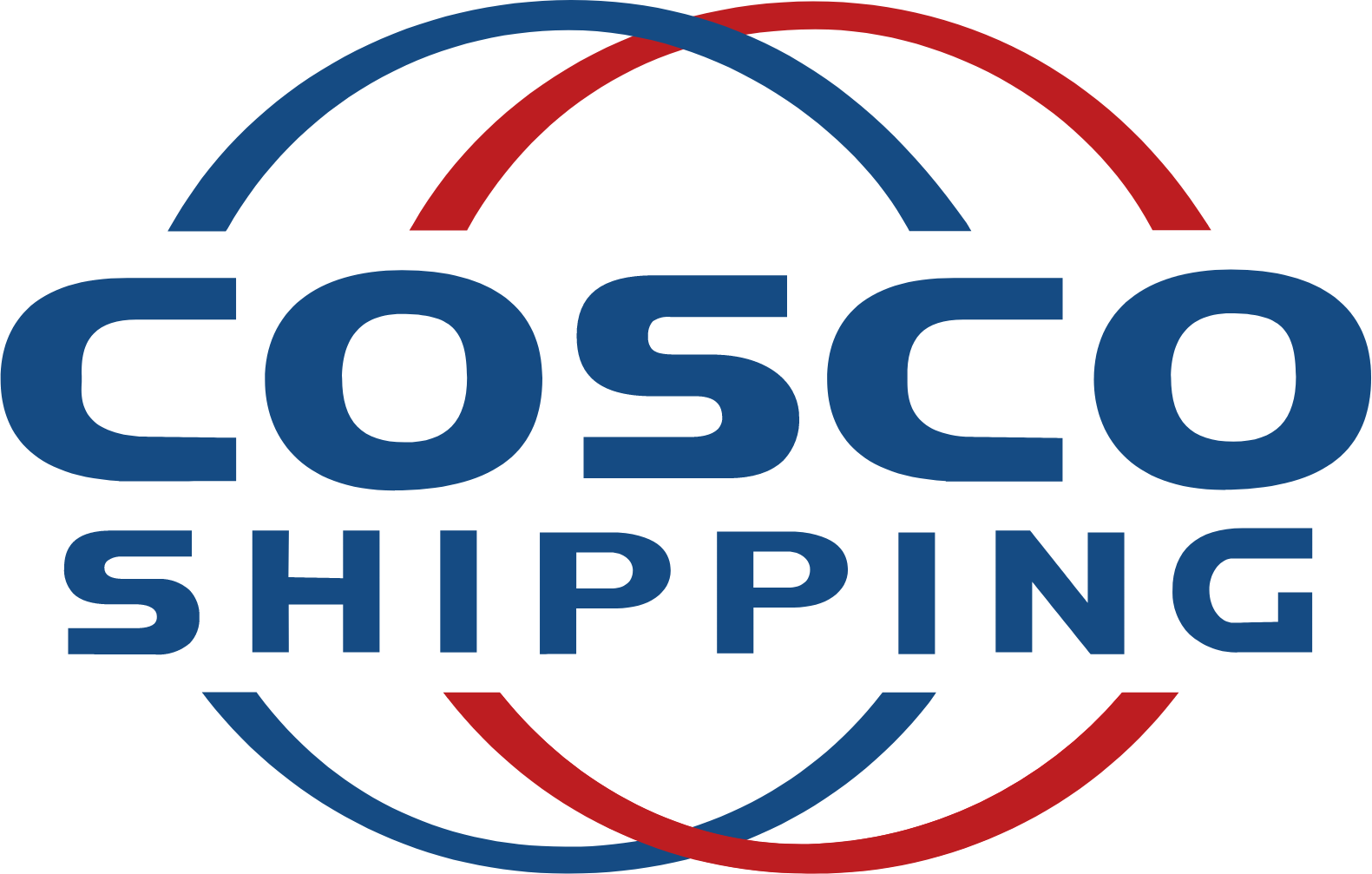COSCO SHIP HOLD(601919)
Search documents
中远海控(01919) - 翌日披露报表


2025-12-10 09:30
公司名稱: 中遠海運控股股份有限公司 呈交日期: 2025年12月10日 如上市發行人的已發行股份或庫存股份出現變動而須根據《香港聯合交易所有限公司(「香港聯交所」)證券上市規則》(「《主板上市規則》」)第13.25A條 / 《香港聯合交易所有限公司GEM證券 上市規則》(「《GEM上市規則》」)第17.27A條作出披露,必須填妥第一章節 。 | 第一章節 | | | | | | | | --- | --- | --- | --- | --- | --- | --- | | 1. 股份分類 | 普通股 | 股份類別 H | | 於香港聯交所上市 | 是 | | | 證券代號 (如上市) | 01919 | 說明 | | | | | | A. 已發行股份或庫存股份變動 | | | | | | | | | | | 已發行股份(不包括庫存股份)變動 | 庫存股份變動 | | | | | 事件 | 已發行股份(不包括庫存股份)數 目 | 佔有關事件前的現有已發 行股份(不包括庫存股 份)數目百分比 (註3) | 庫存股份數目 | 每股發行/出售價 (註4) | 已發行股份總數 | | 於下列日期開始時的結存(註1) ...
26家银行派息落地,险资有望加码红利板块,国企红利ETF(159515)调整蓄势
Xin Lang Cai Jing· 2025-12-10 02:42
中国银河证券表示,上市银行中期分红力度不减且节奏提前,红利价值日益凸显。与此同时,股东及高 管的增持行为,有助于稳定市场预期。这两大因素共同作用,有望持续吸引中长期资金进行配置。 此外,12月6日,金监总局发布发布《关于调整保险公司相关业务风险因子的通知》,下调股票风险因 子,降低险资配置优质权益资产的资本占用。 招商证券观点认为,近期出台的政策集中在资本市场与消费政策两个领域,结合政策面及资金面来看, 今年1月发布的《推动中长期资金入市工作实施方案》,明确力争大型国有保险公司每年新增保费的 30%投向A股。从过往经验来看,12月末至明年一季度末是险资传统重要配置窗口期,前期调整的红利 板块有望重新获得关注。 国企红利ETF紧密跟踪中证国有企业红利指数,从国有企业中选取现金股息率高、分红比较稳定且有一 定规模及流动性的100只上市公司证券作为指数样本,反映国有企业中高股息率证券的整体表现。 据Wind数据显示,截至2025年11月28日,中证国有企业红利指数前十大权重股分别为中远海控、冀中 能源、潞安环能、山煤国际、南钢股份、鲁西化工、中粮糖业、山西焦煤、农业银行、恒源煤电,前十 大权重股合计占比16.99% ...
中远海控(01919.HK)12月9日回购300.00万股,耗资4143.27万港元
Zheng Quan Shi Bao Wang· 2025-12-09 14:41
今年以来该股累计进行119次回购,合计回购4.65亿股,累计回购金额61.96亿港元。(数据宝) 中远海控回购明细 | 日期 | 回购股数 | 回购最高价 | 回购最低价 | 回购金额 | | --- | --- | --- | --- | --- | | | (万股) | (港元) | (港元) | (万港元) | | 2025.12.09 | 300.00 | 13.940 | 13.690 | 4143.27 | | 2025.12.08 | 300.00 | 13.890 | 13.670 | 4121.05 | | 2025.12.05 | 300.00 | 14.010 | 13.820 | 4167.45 | | 2025.12.04 | 300.00 | 13.990 | 13.890 | 4182.18 | | 2025.12.03 | 300.00 | 13.860 | 13.720 | 4137.25 | | 2025.12.02 | 300.00 | 13.810 | 13.620 | 4105.30 | | 2025.12.01 | 94.50 | 13.620 | 13.240 | ...
中远海控(601919) - 中远海控H股公告:翌日披露报表


2025-12-09 10:01
公司名稱: 中遠海運控股股份有限公司 呈交日期: 2025年12月9日 如上市發行人的已發行股份或庫存股份出現變動而須根據《香港聯合交易所有限公司(「香港聯交所」)證券上市規則》(「《主板上市規則》」)第13.25A條 / 《香港聯合交易所有限公司GEM證券 上市規則》(「《GEM上市規則》」)第17.27A條作出披露,必須填妥第一章節 。 FF305 翌日披露報表 (股份發行人 ── 已發行股份或庫存股份變動、股份購回及/或在場内出售庫存股份) 表格類別: 股票 狀態: 新提交 | 1). | 購回股份(擬註銷但截至期終結存日期尚未註銷) | 3,000,000 | 0.1042 % | HKD | 13.57 | | --- | --- | --- | --- | --- | --- | | | 變動日期 2025年10月31日 | | | | | | 2). | 購回股份(擬註銷但截至期終結存日期尚未註銷) | 1,500,000 | 0.0521 % | HKD | 13.81 | | | 變動日期 2025年11月3日 | | | | | | 3). | 購回股份(擬註銷但截至期終結存日期尚未註銷) ...
中远海控(01919.HK)12月9日耗资4143.27万港元回购300万股


Jin Rong Jie· 2025-12-09 09:54
格隆汇12月9日丨中远海控(01919.HK)发布公告,2025年12月9日耗资4143.27万港元回购300万股,回购 价格每股13.69-13.94港元。 本文源自:格隆汇 ...
中远海控(01919)12月9日斥资4143.27万港元回购300万股
智通财经网· 2025-12-09 09:37
智通财经APP讯,中远海控(01919)发布公告,于2025年12月9日,该公司斥资4143.27万港元回购300万 股。 ...
中远海控12月9日斥资4143.27万港元回购300万股


Zhi Tong Cai Jing· 2025-12-09 09:35
中远海控(601919)(01919)发布公告,于2025年12月9日,该公司斥资4143.27万港元回购300万股。 ...
中远海控(01919) - 翌日披露报表


2025-12-09 09:28
翌日披露報表 (股份發行人 ── 已發行股份或庫存股份變動、股份購回及/或在場内出售庫存股份) FF305 表格類別: 股票 狀態: 新提交 公司名稱: 中遠海運控股股份有限公司 呈交日期: 2025年12月9日 如上市發行人的已發行股份或庫存股份出現變動而須根據《香港聯合交易所有限公司(「香港聯交所」)證券上市規則》(「《主板上市規則》」)第13.25A條 / 《香港聯合交易所有限公司GEM證券 上市規則》(「《GEM上市規則》」)第17.27A條作出披露,必須填妥第一章節 。 | 第一章節 | | | | | | | | --- | --- | --- | --- | --- | --- | --- | | 1. 股份分類 | 普通股 | H 股份類別 | | 於香港聯交所上市 | 是 | | | 證券代號 (如上市) | 01919 | 說明 | | | | | | A. 已發行股份或庫存股份變動 | | | | | | | | | | 已發行股份(不包括庫存股份)變動 | | 庫存股份變動 | | | | | 事件 | 已發行股份(不包括庫存股份)數 目 | 佔有關事件前的現有已發 行股份(不包括庫存 ...
500亿元大单!两大央企,签了!
券商中国· 2025-12-09 08:41
券中社 × 券商中国 券 中 社 扫码下载券中社APP 扫码关注券商中国公众号 quanshangcn qzs.stcn.com 舞中 券中社APP 券 商 中 国 是 证 券 市 场 权 威 媒 体 《 证 券 时 报 》 旗 下 新 媒 体 , 券 商 中 国 对 该 平 台 所 刊 载 的 原 创 内 容 享 有 著 作 权 , 未 经 授 权 禁 止 转 载 , 否 则 将 追 究 相 应 法 律 责 任 。 责编: 汪云鹏 校对: 陶谦 百万用户都在看 突然!美国决定:撤销! 杀疯了!半小时500亿元!刚刚,重磅利好彻底引爆! 周末,利好来了!两部门,重磅发布! 突发公告!重大资产重组,股价提前异动! 违法和不良信息举报电话:0755-83514034 邮箱:bwb@stcn.com 昨天(8日), 中船集团 与中国远洋海运集团在上海完成了新造船项目的合作签约,金额超500亿元人民币 , 这是我国船企签订的国内单次合作签约最高金额的订单。 在签约的新造船项目订单中,新造船合作涉及各型船舶87艘。 中船集团相关负责人表示,随着全球能源技术革命、5G物流网基础设施完善以及AI人工智能的叠加作用,当 前, ...
中国船企签订超500亿元大订单
Jing Ji Guan Cha Wang· 2025-12-09 06:27
经济观察网据央视财经,12月8日,中船集团与中国远洋海运集团在上海完成了新造船项目的合作签 约,金额超500亿元人民币,这是我国船企签订的国内单次合作签约最高金额的订单。在签约的新造船 项目订单中,新造船合作涉及各型船舶87艘。 ...

